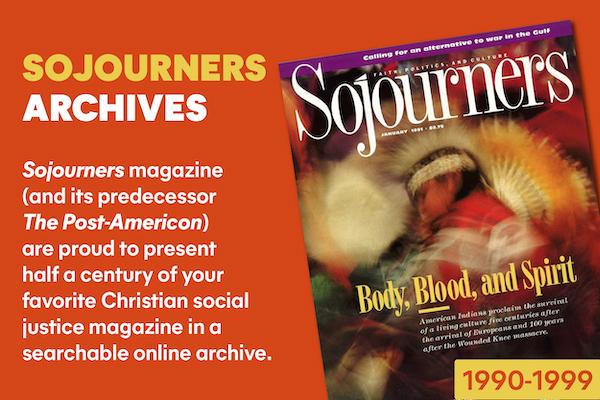"I don't know what's going on," the boy said to his young companion, shaking his head, "but the church is filling up with white people." I was looking at pictures of Denise McNair, Addie Mae Collins, Cynthia Wesley, and Carole Robertson when I overheard his comment on a hot Friday evening last July. In the basement of Sixteenth Street Baptist Church in Birmingham, Alabama, is a memorial to these four girls.
It was September 15, 1963, Youth Sunday, when they lost their lives there. Just a few months before, the church had been at the center of the struggle for desegregation in Birmingham. The fight had been won largely due to the courage of children.
The attention of the world became riveted on Birmingham when Police Commissioner Bull Connor unleashed vicious dogs and water cannons as they marched for freedom. Public pressure forced city officials to reform harsh segregation laws. Birmingham's children had made history.
They were about to be brought to the world's attention again. It was 10:22 a.m. The Sunday School hour was just finishing. The girls were in the ladies' lounge, getting ready to serve in the choir and as ushers for the church service. A few feet away, planted below a staircase along the outside wall of the church, a bomb exploded.
Eighteen days earlier, Martin Luther King Jr. had delivered his "I Have a Dream" speech at the Lincoln Memorial in Washington, D.C. Now, at the funeral service for four schoolchildren, he said: "God still has a way of wringing good out of evil. The innocent blood of these little girls may well serve as the redemptive force that will bring new light to this dark city....Indeed, this tragic event may cause the white South to come to terms with its conscience."
THE MAGIC CITY. The Tragic City. The Johannesburg of America. The Most Segregated City in America. Bombingham. Birmingham.
Read the Full Article

